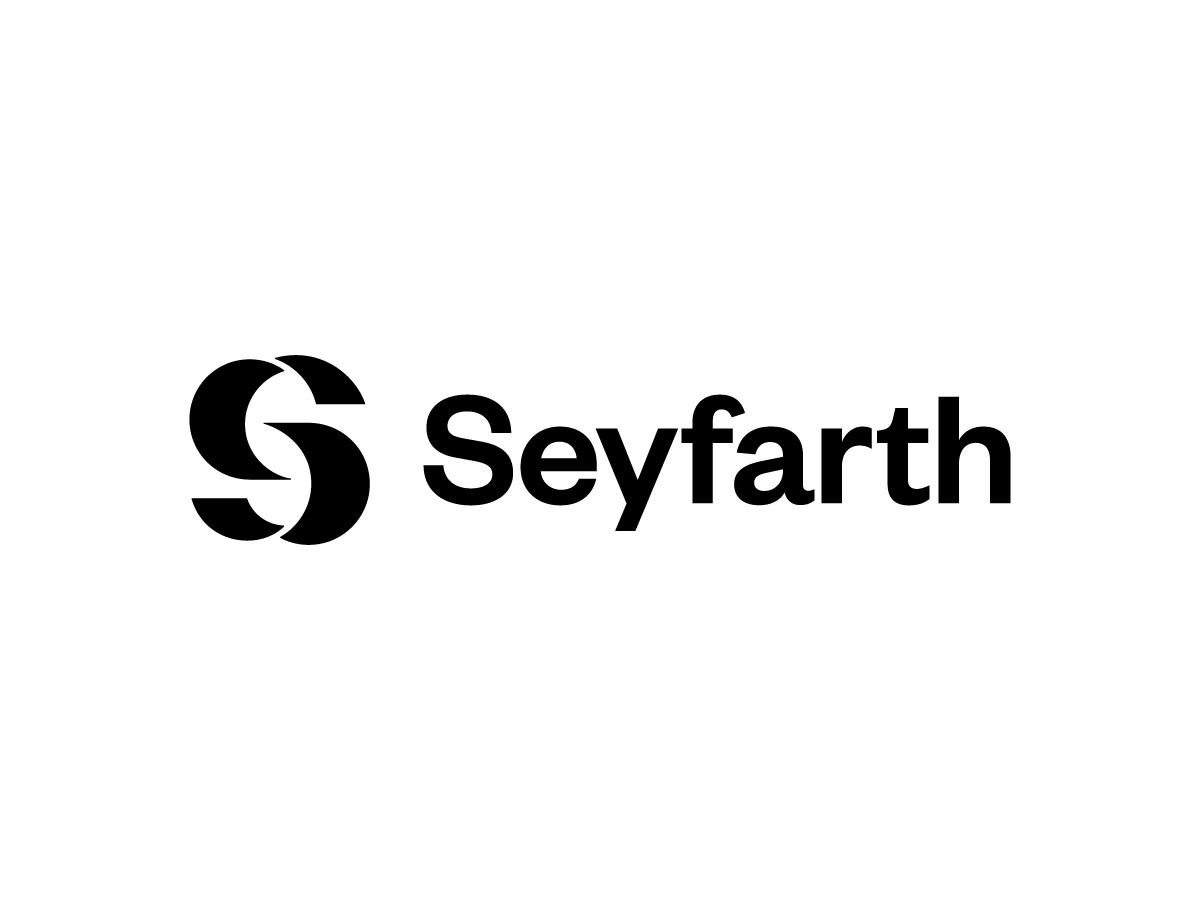Federal Circuit Overrules the Rosen-Durling Test for Determining Obviousness of Design Patents | Bodman
Design patents in the United States are now expected to be more difficult to obtain and enforce.
On May 21, 2024, the Federal Circuit overruled the longstanding Rosen-Durling test for evaluating the obviousness of design patents. LKQ Corp. v. GM Global Tech. Operations LLC, No. 21-2348, slip op. at 15 (Fed. Cir. May 21, 2024) (en banc). This highly anticipated decision comes from the first patent case heard en banc at the U.S. Court of Appeals for the Federal Circuit in over 5 years.
The Rosen-Durling test has been used for over four decades to determine when a patent on an ornamental design is obvious and should not be granted to the applicant. In this decision, the court held that the two-part test, which required 1) a primary reference that must be “basically the same” as the claimed design, and 2) a secondary reference that must be “so related” to the primary reference, imposes limitations for assessing obviousness beyond the statutory requirements and which is inconsistent with Supreme Court precedent.
The court reasoned that obviousness of design patents should be governed by the same principles that govern obviousness in utility patents, as 35 U.S.C. §103 “applies to all types of patents” and does not differentiate between utility and design patents. The more flexible KSR Test, which the Supreme Court implemented for determining obviousness rejections in utility patent claims, holds that a skilled inventor may look beyond the field of the problem in which they are trying to solve in order to invent a new and non-obvious solution. Adopting the KSR test, however, does not disrupt the existing precedent on secondary considerations of non-obviousness, like commercial success and copying, in the design patent context.
While this case will immediately make waves in the automotive aftermarket industry as a result of GM’s asserted design patents being called back into question, this decision is also expected to have a significant impact more broadly on prosecution and enforcement of design patents in the United States. Currently, only approximately 4% of design patents received an obviousness rejection during examination at the United States Patent and Trademark Office (USPTO). Under the new test, a more flexible approach to assessing obviousness under §103 is likely to result in more of these rejections and ultimately make design patents more difficult for applicants to obtain. Moreover, owners of design patents should be aware that the decision may make design patents easier to invalidate as being obvious over prior art. The ruling will have an immediate effect and will be applied to all pending design patent applications at the USPTO, as well as those already issued.
Bodman’s Intellectual Property Group continues to monitor developments with regard to the prosecution and enforcement of design patents in view of this decision, including any strategic implications to patent portfolio development.






